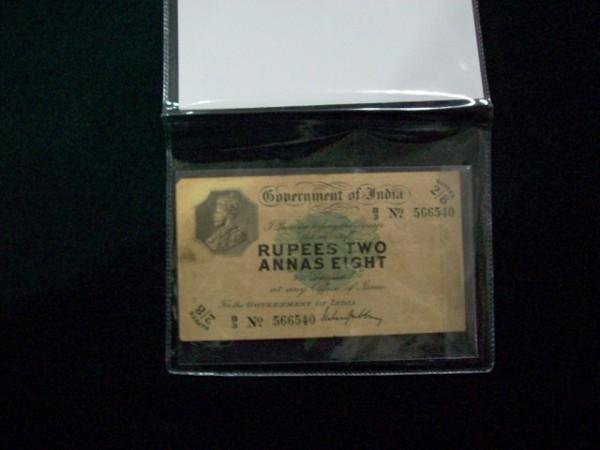
Prime Minister Narendra Modi may have rendered illegal the old Rs 500 and Rs 1,000 currency notes in one fell swoop — announcing on November 8 that these banknotes would be outlawed from that midnight — but it might be a good idea to hold on to some of them, because they might fetch good money about five to 10 years from now, and may become even more valuable after that.
The reason is simple. The notes will not be readily available then, and therefore will be valued for their rarity to people who collect coins and notes as a hobby. The hobby itself is called numismatics, and the collectors are known as numismatists.
How is the value of old notes calculated?
To a numismatist, the older and rarer a coin or a note, and the better condition it is in, the more valuable it is. However, if a coin or not is simply old and in good condition but not exactly rare, it may not fetch a good sum.
Thus, while gold coins from Akbar's reign in the late 16th century are to be sold for auctioned for around Rs 42,000 through Todywalla Auction on December 10, a currency note from India with a face value of two rupees and eight annas — and issued under the British Rule in the early 1900s — costs lakhs.
In fact, depending on the condition of the note and where it was made — at the Bombay mint, from where such notes are common, or the Lahore mint, from where such notes are rare — it may cost Rs 1.5 lakh to Rs 5 lakh.

So what about the Rs 500 and Rs 1,000 notes?
Karnataka Numismatic Society Secretary Varaprasad PS told International Business Times, India, that the old and demonetised Rs 500 and Rs 1,000 notes will not be valued high anytime soon. "It could take at least five years — if not more — for them to really appreciate in value. They may become truly valuable in a couple of decades," he said.
Is that what happened to the Rs 5,000 and Rs 10,000 currency notes that were demonetised in 1978? "No," said Varaprasad. "Very few people had those notes, and whatever they had was returned to the government via the banks. That is why they can now be seen only at the Reserve Bank of India Museum in Mumbai."
What factors will drive the value of the Rs 500 and Rs 1,000 notes?
Varaprasad pointed out that for a currency note to be valuable to a numismatist, it has to be rare. "However, there is a glut of these notes right now. Even if everyone in India keeps one note with them, that will be 120 crore notes. That should not happen," he told IBTimes India.
"There is also the question what condition the currency note is in. The best ones are those that are in mint condition," said Varaprasad. It may also be pointed out that the Rs 2 and 8 anna note that costs the most is also in near-mint condition, and hence is so valuable.









